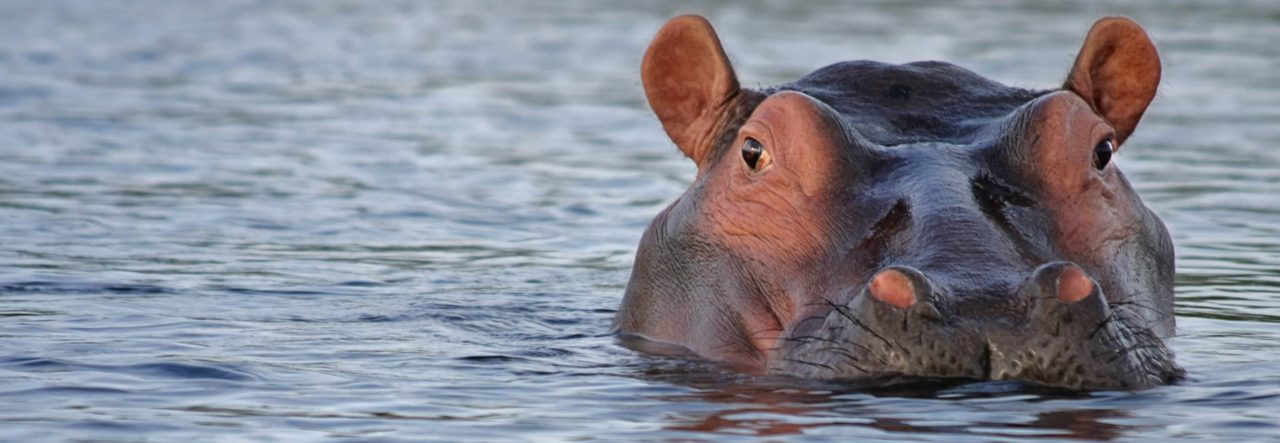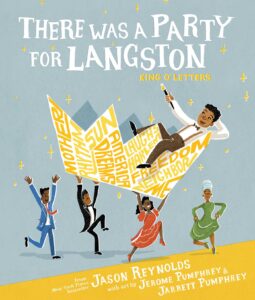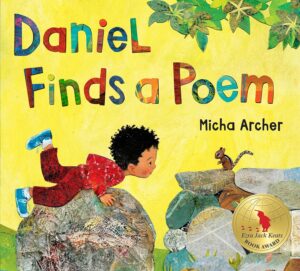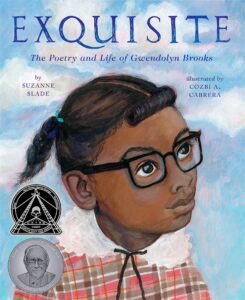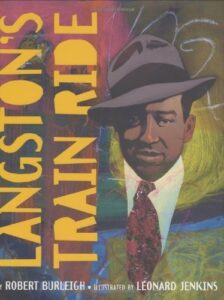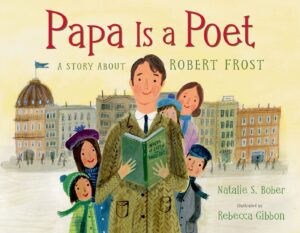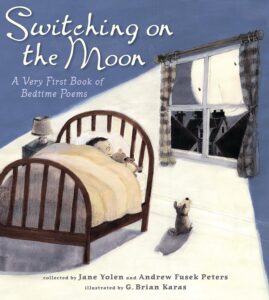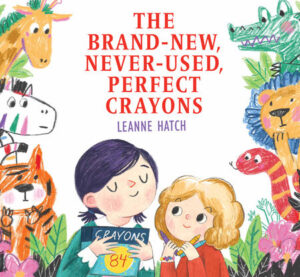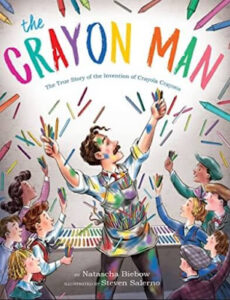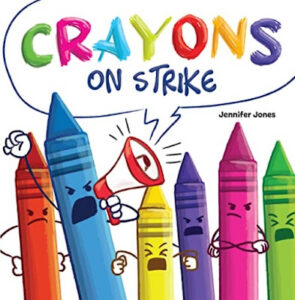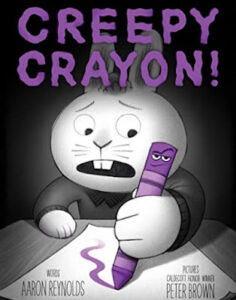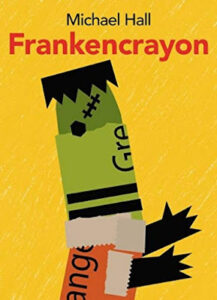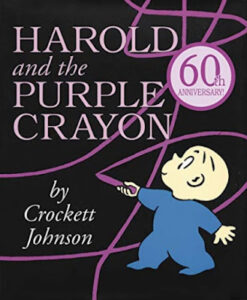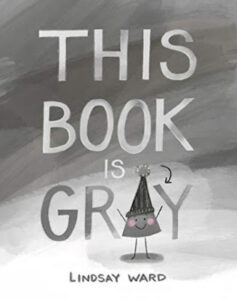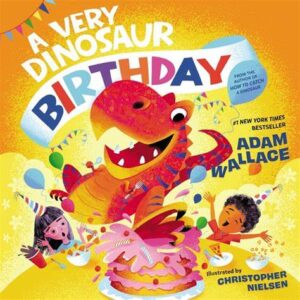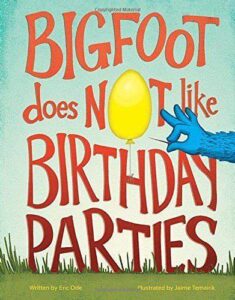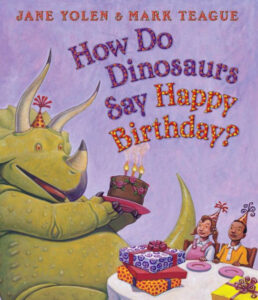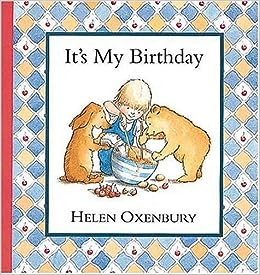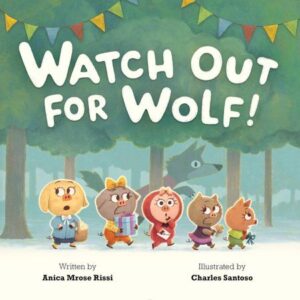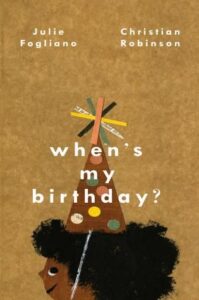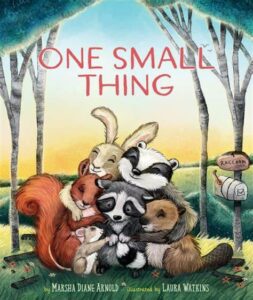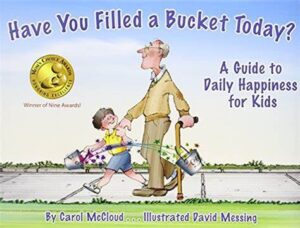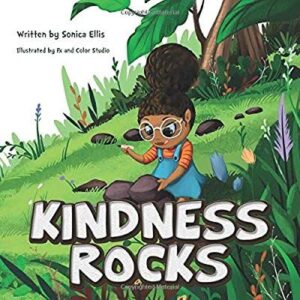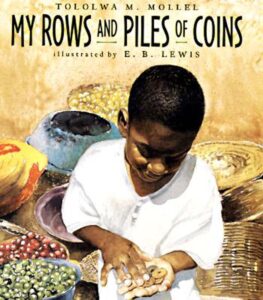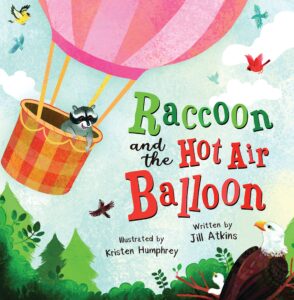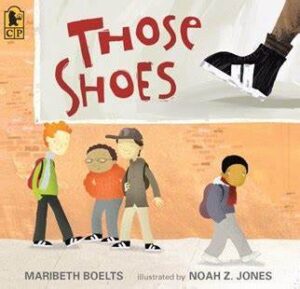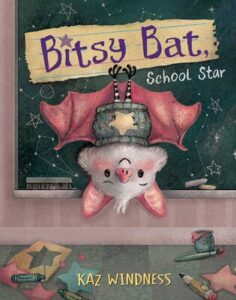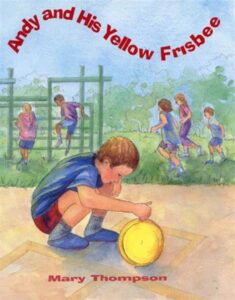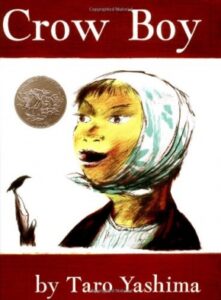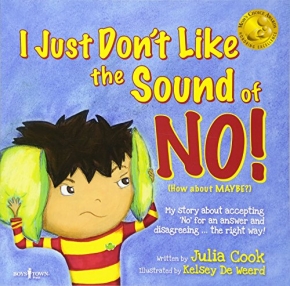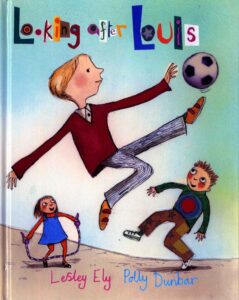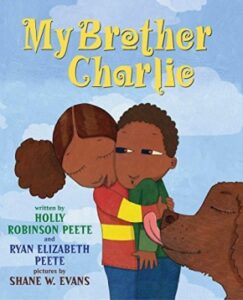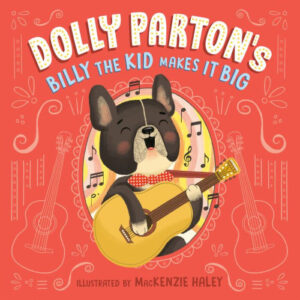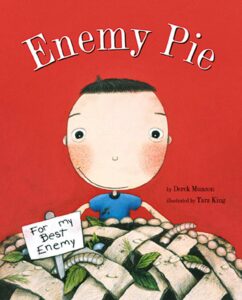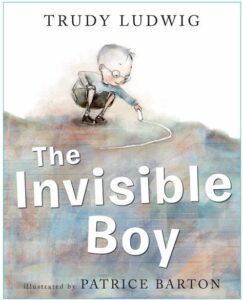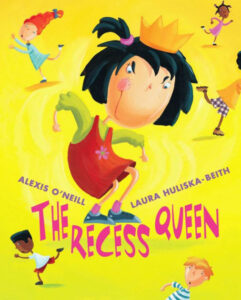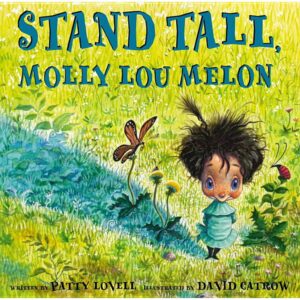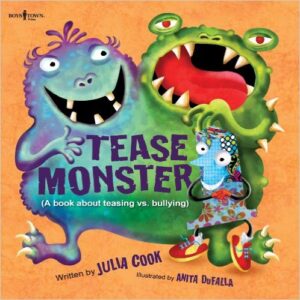There Was a Party for Langston
Author: Jason Reynolds
Illustrator: Jerome Pumphrey and Jarrett Pumphrey
3 October 2023
Atheneum/Caitlyn Dlouhy Books
56 pages
Book description from Goodreads: “Back in the day, there was a heckuva party, a jam, for a word-making man. The King of Letters. Langston Hughes. His ABCs became drums, bumping jumping thumping like a heart the size of the whole country. They sent some people yelling and others, his word-children, to write their own glory.
Maya Angelou, Amiri Baraka, and more came be-bopping to recite poems at their hero’s feet at that heckuva party at the Schomberg Library, dancing boom da boom, stepping and stomping, all in praise and love for Langston, world-mending word man. Oh, yeah, there was hoopla in Harlem, for its Renaissance man. A party for Langston.”
Need some reviews on There Was a Party for Langston?
Here’s an interview with Jason Reynolds about this book at The Washington Post.
Educational Activities inspired by There Was a Party for Langston:
- Before Reading–From looking at the front cover:
- Do you recognize Langston’s name? What do you know about him?
- What do you think this story might be about, given the title?
- What does the phrase “King ‘o Letters” suggest to you?
- What do you see on the cover that indicates it’s a party?
- How do the colors and images on the cover make you feel?
- What can you tell about the story from the style of the illustrations?
- What do the words on the crown make you think of?
- What questions would you like to ask the author–or the illustrators!–before reading the book?
- After Reading–Now that you’ve read the story:
- Why was Langston considered to be the king of letters?
- How did you react at seeing “Some folks think by burning books they burn freedom”?
- How do you think Langston felt during the party?
- How many of the partygoers do you know? James Baldwin? Nikki Giovanni? Octavia Butler? Others?
- What made Langston’s party special or unique?
- Was there a moment in the book that surprised you?
- What does it mean that “the books were listening, just like you”?
- What was your favorite part of the story, and why?
- Meet the Word-Makers–The book introduces us to Langston Hughes and other famous authors and poets. Can you remember all of their names? Let’s create a “Word-Maker Wall” where we write down their names and something special about each of them–with an adult’s help, do research as needed! This will help us remember these influential figures and maybe inspire us to read some of their works!
- Langston’s Poetry Jam–Do you love words and rhythms just like Langston? Let’s try our hand at writing poetry! Think about what makes you happy, what dreams you have, or even a time you felt really inspired. Jot down your ideas and turn them into your very own poem. Don’t worry if it’s short; even a few lines that rhyme or simply sound good together can be powerful!
- What’s Your Harlem?–Langston Hughes made Harlem sound like the perfect place to have a party. What’s your “Harlem”? Draw or write about a place that’s special to you, where you feel alive and inspired. It could be your school, your home, or even a fantasy place you’ve imagined. Consider sharing what you created with a friend or family member, and let them know why this place is so special to you.
- Sounds Like a Party!–In this book, there are lots of examples of onomatopoeia (a word that imitates or resembles the sounds it describes, like “buzz” for a bee), which make the words come alive. Can you find three examples? Pick your favorite and then come up with your own onomatopoeic words that capture the sounds around you.
- Inspiration and Gratitude–Langston Hughes inspired many people with his words. Who inspires you? Draw or write about someone who has had a positive impact on your life. When you’re finished, share and discuss why these people are so inspirational to you.
- Further Reading: There Was a Party for Langston is about Langston Hughes, a famous poet. Here are some other picture books about poems and poets. Which of these have you already read? Which of the others would you want to read first? (Click on any book cover for more information on these titles!)

